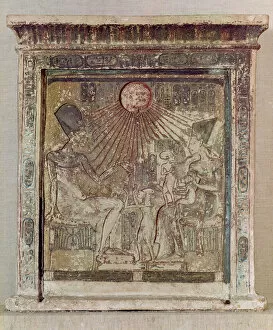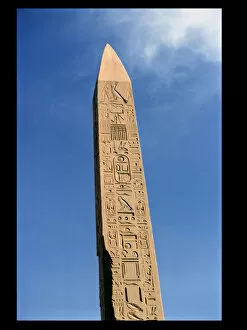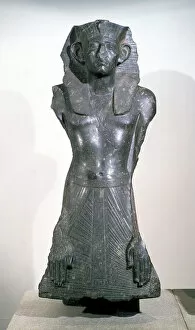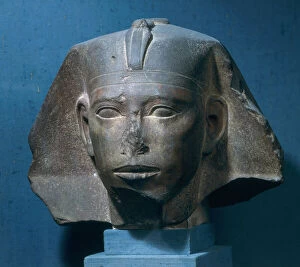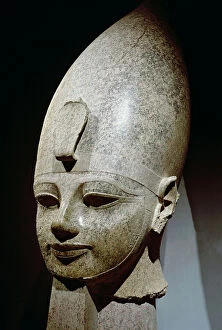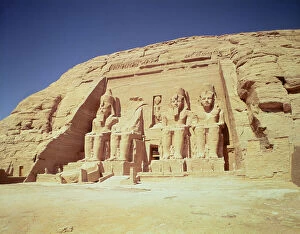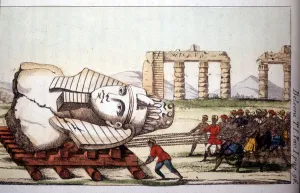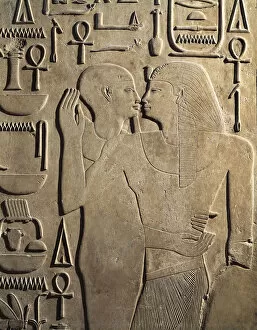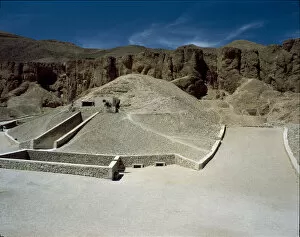Pharaoh Collection (page 17)
"Unveiling the Mysteries of the Pharaoh: A Journey through Ancient Egypt" Step into the Egyptian Museum in Cairo, Egypt and be transported back in time to North Africa
All Professionally Made to Order for Quick Shipping
"Unveiling the Mysteries of the Pharaoh: A Journey through Ancient Egypt" Step into the Egyptian Museum in Cairo, Egypt and be transported back in time to North Africa, where the captivating world of pharaohs awaits. Marvel at the iconic Gold mask of Tutankhamun, a symbol of power and opulence that has fascinated historians for centuries. Explore the intricate Egyptian art displayed throughout the museum, including a relief depicting Akhenaten, Nefertiti, and their three children. Witness their reign as they challenged traditional religious beliefs with their devotion to Aten, the sun god. Trace the footsteps of King Alexander the Great on a map showcasing his vast empire that stretched across continents. Discover how his conquests shaped history and left an indelible mark on ancient civilizations. Delve into biblical tales such as "The First Passover, " which recounts Moses leading his people out of slavery under an oppressive pharaoh's rule. Uncover Joseph's remarkable ability to interpret dreams for Pharaoh in Genesis 41:25-26. Immerse yourself in Nefertiti's enigmatic beauty as her timeless allure continues to captivate hearts even today. Feel awe-struck by a breathtaking sunset at Giza's Pyramids—a testament to human ingenuity and architectural brilliance that have stood tall for millennia. Leaf through The Book of Dead belonging to Hunefer from around 1450 BC—a guidebook believed to assist souls during their journey into afterlife. Witness Tutankhamun himself portrayed as one of Egypt's most revered pharaohs whose tomb held treasures beyond imagination. Marvel at colossal statues honoring Ramses II floodlit against Abu Simbel's Great Temple—an UNESCO World Heritage Site preserving ancient wonders till this day. Learn about religion intertwined with daily life through depictions of Nephthys—a goddess associated with death and protection. Finally, wander beyond Egypt’s borders—visit Rome’s Piazza del Popolo and witness the influence of Egyptian art on distant civilizations.

